While technology’s omnipresence in our lives affords us the opportunity to get work done from anywhere at anytime, being on devices all the time can lead us down time-wasting tunnels, making us less productive.
Thankfully most of the smartphones and computers we use now also have built-in settings or additional apps that can help you reclaim your productivity so you can get back to using your devices for work.
Here are four tech hacks to make you more productive.
FIND OUT HOW YOU ARE REALLY SPENDING YOUR TIME ONLINE
There are a host of time-tracking apps that give us insight into just how many hours we are spending surfing the web and using various apps. The best thing about these time-tracking apps is that they run in the background and automatically log your usage. After running the apps for at least a week, you’ll then have a good idea of whether you are truly being productive on your devices, or if you are using them to procrastinate more than you thought.
One of the most robust is ManicTime, which not only tracks how much time you spend in each app, but in each document you open. This means you can see if you are giving one project more time than another, and can decide whether that project actually deserves the additional time. ManicTime also tracks which websites you visited and how long you spent on each. It even tracks the time you spent away from your computer. It’s available for PC, Mac, Android, and even Linux.
RescueTime is another useful time-tracking app for PC, Mac, Android, and Linux that allows you to set productivity goals for the day, and even gives you a daily productivity score. If you have an iOS device, give Moment a look. It tracks how much you use the apps on your device each day, and even logs how much time you pick up your phone every day. If you’re an Android user, try QualityTime for similar features.
USE PARENTAL CONTROLS TO KEEP YOU FROM PROCRASTINATING
If you find that you are wasting a lot of time on social media sites, you don’t have to rely on willpower alone to avoid them. Instead, you can block them. While the main operating systems (macOS, Windows, and iOS) don’t offer app or website blocking functions per se, they do all offer parental controls that you can enable and use for yourself.
- If you’re on iOS, go to Settings > General > Restrictions to turn parental controls on and set blocked websites.
- macOS users should go to System Preferences > Parental Controls.
- Windows users can find them under Windows Settings > Accounts > Family & Other People.
- Android users can download the TrendMicro app, which allows users to easily block access to certain websites.
ENABLE DO NOT DISTURB MODES DURING THE DAYTIME
The solutions above work great if you’re the one to blame for wasting your time. But if you find your time is being wasted by your friends who won’t stop texting, or by apps that keep sending social media or news alerts during work hours, you need to block them from doing so. The good news is that you don’t even need to make those friends and apps aware of your tactics.
All the major OSes have versions of a “do not disturb” mode built into them. When activated, these modes prevent notifications being sent to your device. By default, do not disturb modes are usually set to turn on at night when you should be sleeping. But a great hack is to flip the schedule on its head and turn them on during the day when you have work to do, so even if your friends keep texting, or those social media sites keep pinging you, there’s no way you’ll get the distracting notification until your work is done.
- On a Mac, go into your Notification Center, swipe down and toggle Do Not Disturb to “On.” Toggle it to “Off” when your work is done for the day.
- On an iOS device, go into your Control Center and tap the present moon button to enable Do Not Disturb.
- On a PC, right-click on the Action Center icon in the taskbar notification area. Select “Turn On Quiet Hours” to enable do not disturb mode.
- On an Android device, swipe down from the top of the display to open the notification screen and tap on the Do Not Disturb icon.
FORCE YOURSELF TO TAKE BREAKS WITH “TIME OUT” APPS
Even when you’re focusing on work, it’s still important to remember to take breaks. Science shows breaks actually make us more productive, not less. Thankfully there are a few free apps that you can install on your work machines that will automatically tell you when it’s time to step away from the keyboard.
If you’re on a Mac, Time Out–Break Reminders is an excellent app that lets you schedule “normal” five- to 10-minute breaks every hour and a seconds-long “micro” break every 15 minutes. PC and Linux users can get the same capabilities from the excellent freeware Workrave.
So now you know the tech hacks to help you be more productive, what are you still doing in this article? Get back to work.





